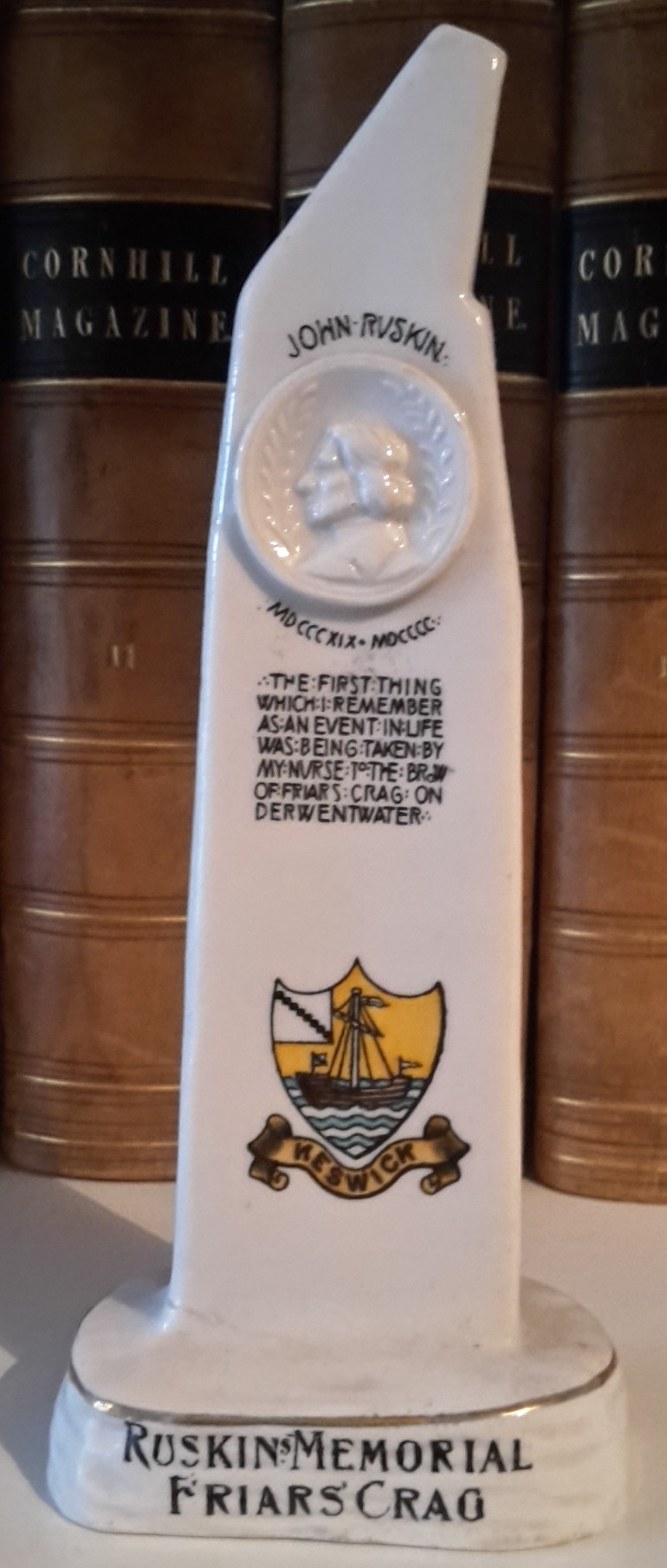I first encountered Ruskin as an undergraduate at Birmingham University in the late 1970s when I attended a course entitled ‘Pre-Raphaelite Art and Literature’. His name came up in the first seminar as the champion of the PRB, and I quickly learned of the influence of his Modern Painters, his relationship with Rossetti and Lizzie Siddall, and his difficult marriage with Euphemia Gray. Ruskin at that time seemed to me a conundrum: he loved close observation of nature but trashed pictures that were over-detailed; he adored Turner but accused Whistler of sloshing paint in the public’s face; he championed the rights of the working man but lived a life of privilege and wealth, one of the idle who wanted to make a change; he was very much in the public eye, as one of the great Victorian sages, but was evidently a man of private suffering, uncertain of his sexuality; his pronouncements were grandiose and sometimes obscure, and yet he could take pleasure in the intricate art of Kate Greenaway.

None of this seemed to fit together for a 19-year-old from a backwater in the Welsh Marches with no real sense of how complicated the world could be. How was it possible to hold such contradictions in a single mind? But Ruskin’s complexity hooked me into Victorian studies and made me realize that his part within nineteenth century culture was a fascinating, multifaceted subject. Two aspects of Ruskin’s writing were of crucial significance in my intellectual development. One was his insistence on the need not only to look, but to see: to interpret reality as a pattern of signs, a strategy he also applied to the reading of paintings as ‘language’ in strict equivalence to literature. In urging this process, of reading visual art as text, Ruskin’s teachings changed my life. As I immersed myself in the study of art and literature as interdisciplinary subjects I came to realize how logical this approach was, and how, for me, it made perfect sense. Inspired by Ruskinian semiotics, I eventually wrote a master’s thesis on Rossetti which drew heavily on his criticism and went on to trace his influence in studies of Wilkie Collins, Sensational novelists and Victorian Gothic.
The other aspect of Ruskin’s writing I found fascinating as a young man was his capacity to make grand generalizations, especially his belief in seizing the day: ‘There is no wealth but life’. What better, what more gainful can be said? And what could be more inspiring? Suddenly the eccentric old theoretician seemed a vibrant force as the contradictions fused into an organic whole. For me, Ruskin’s intellectual power was and is a nourishing force, and in the forty odd years since I first read his art-criticism and social commentaries I have focused my efforts on researching and writing about the Pre-Raphaelites, especially their work as illustrators. Ruskin was in this sense an absent mentor, a voice I have quoted and questioned more times than I can possibly recall. It is with some pride that I can say I have read all 39 volumes of Cook and Wedderburn’s library edition, reviewed editions of his work and written about his drawings. I have also acquired some memorabilia – a Vanity Fair print, a letter to a professor Blackie of Edinburgh saying he can’t come to dinner because Effie is unwell – or was she already secretly writing to Millais? – and an Edwardian ornament representing the Ruskin Memorial at Friar’s Crag. It sits next to my desk as I write these words, a reminder of his impact on my interests and ideas.
Last modified March 16, 2019